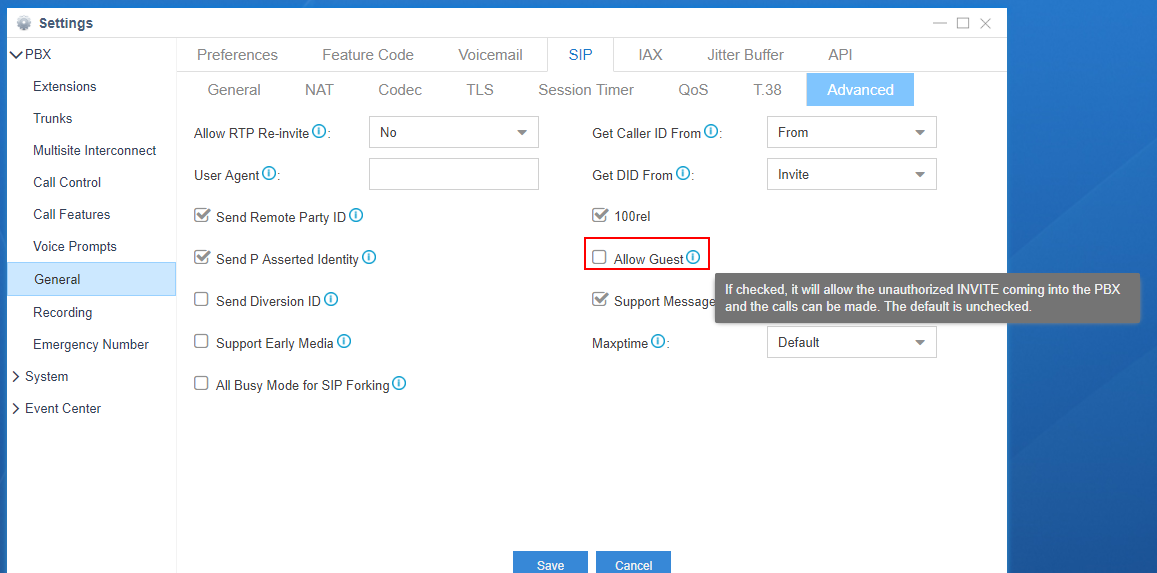SIP URIs are “Session Initiation Protocol Uniform Resource Identifiers.” This is a communications protocol. SIP URIs contain sufficient information to initiate and maintain a communication session with both parties involved in the call. The SIP URI communicates who to call with the protocol. Plainly speaking, a SIP URI is a user’s SIP phone number. The SIP URI scheme resembles an e-mail address. In this article, we'll go over everything you need to know about SIP URIs. We'll cover the following sections:
What is the SIP Protocol?
Before diving into everything you need to know about SIPs URI, let's start with the basics.
SIP technology is the application layer protocol that initiates, maintains, and terminates IP calls and chats. The Transport Protocol is another example of this.
It was developed by Mark Handley, Henning Schulzrinne, Eve Schooler, and Jonathan Rosenberg in 1996 and eventually became adopted as a way to simplify real-time calls. SIP became standardized by the Internet Engineering Task Force (IETF) through RFC 3261.
SIP is usually synonymous with SIP trunking. With this process, companies using a SIP-enabled PBX can leverage the internet to send and receive calls. A SIP trunk is a virtual phone line. That means that businesses can eliminate the costs that come with using a traditional PSTN phone system.
SIP servers are used to both start and end IP calls. Data packets are sent between endpoints in the call, and those packets trigger a SIP request to the communication session. This SIP message will look like an email. When a participant receives the invite, they can click on a link through the invite and join the call. SIP typically utilizes Transmission Control Protocol (TCP) or UDP to make this happen.
The session begins with the link authentication. This works for audio calls, video conferences, and instant messages. The SIP Protocol uses Domain Name Server (DNS) procedures for a client to resolve a SIP URI.
What is the Difference Between a URI and URL?

Source: prateekvjoshi
A SIP URI should not to be confused with the related term Uniform Resources Locator (URL). As danielmiessler writes, a URI is an identifier of a specific resource — it can be classified as a locator, a name, or both. This can include a page, book, or document. A URL is a type of identifier that also tells you how to access that resource. The URL describes the primary access mechanism (its network location) of whatever you are looking for.
Essentially, a URL is a more drilled down URI. A URI is simply just an identified. But a URL is an identifier that informs you how to get to your destination.
What is a SIP URI?

Source: Yeastar Support
A SIP URI is the SIP addressing schema, or identifying string of characters, to call another person via SIP. It is, essentially, a user’s sip “phone number,” and it is in a format similar to email. The format is “sip:user @ host, or sometimes “sip:user @ host.port.”
A SIP-URI communicates who to call via SIP. According to 3CX, "a SIP URI is a user’s SIP phone number. The SIP URI resembles an e-mail address and is written in the syntax below with the following URI parameters: SIP-URI = sip:x@y:Port where x=Username and y=host (domain or IP)."
Some examples of SIP URIs are:
- sip:clarkkent @ dailyplanet.com
- sip:Sue @ FF.com:4
- sip:mario @ mario-bros-plumbing.com
As you can imagine, using numeric values for dialing SIP addresses is completely impractical, and this is by design. The purpose of SIP calling is to bypass the PSTN entirely and use only internet protocol. In order to assign a SIP URL to your phone, you must subscribe to a service that links (registers) your IP phone to your IP address.
Many SIP trunking providers do this, which is also called giving your “SIP Credentials,” but some VoIP providers prefer to withhold that information, either for security purposes or because it works against their business model. Another method is to have the URL of your web site be linked to the SIP address.
How to Use a SIP URI
In order to use a SIP phone to dial a SIP address, you must program the SIP address using the user portal. Once you have done that, you can use your phone address book to “dial” the SIP address.
Two easy ways to do this are to use the outbound “click2call” command on your computer, which will ring your phone and the receiving phone, or to program the telephone number into your VoIP phone’s speed dial/super dial, so all you have to do is press one or two digits to call the SIP address.



